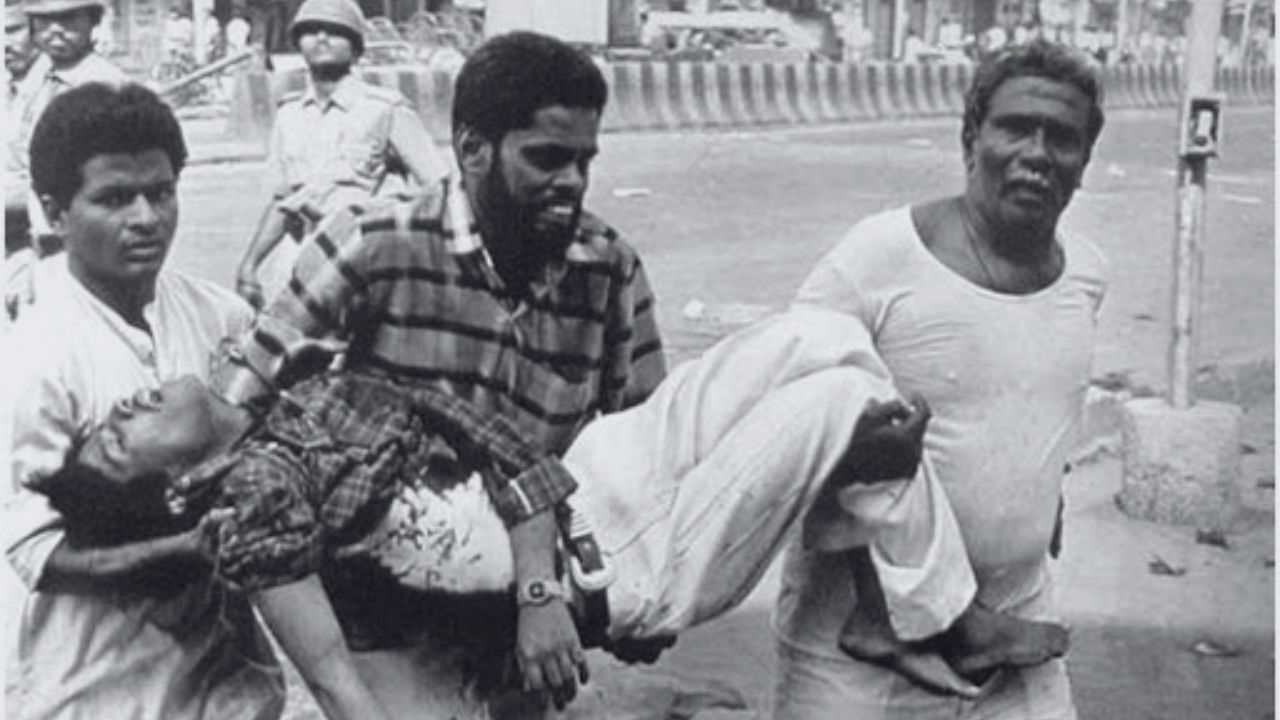The politics behind the BJP’s strategy to table the 1980 Moradabad riots report in the UP Assembly, which has been gathering dust for 40 years, can easily be understood. There is only one year left until the general elections in 2024. The rumblings to table the report started during the Karnataka polls when the BJP sensed that it was going to be ousted. This did happen, partly because 88% of Muslims voted for Congress and deserted the Janta Dal (S). Muslims make up around 15% in Karnataka and more than 20% in UP. The BJP aims to achieve multiple objectives with this move. Firstly, it wants to solidify its core Hindutva constituency by leaking findings that suggest Muslims were responsible for the riots. Secondly, it seeks to send a nationwide message that it was under Congress-ruled UP, as well as at the centre, that Muslims were killed. What should Muslims make of all this?
What matters here is that close to 300 people, mostly Muslims, were killed in the Moradabad riots of 1980. The riots started on the occasion of Eid-ul-Fitr, August 13, 1980, at Eidgah, where an estimated 80,000 Muslims had gathered to offer prayers. As prayers were underway, stray pigs entered Eidgah in the presence of police personnel, which led to Muslim resentment and reaction. The trigger-happy police had already been briefed, and an unprovoked firing on helpless Muslims was inevitable. There were prior “intelligence branch” inputs on August 12, 1980, a day earlier, warning that any stray animal, particularly pigs, could cause trouble the next day, indicating a clear conspiracy behind it. I have written extensively on the issue of riots, especially after Moradabad 1980, and how India’s politics took a deadly turn thereafter.
It is obvious that the present BJP government in UP wants to exploit the report for political gain. It aims to blame Dr. Shamim Ahmed, a deceased Muslim League politician, for the riots. Since the opposing side consisted of Scheduled Caste Balmikis, the BJP wants to win the support of Balmikis in 2024. Digging up a 40-year-old issue is purely a political maneuver to gain mileage. Even if the report is made public, what about its recommendations? Will they ever be implemented? Never!
Political history tells the story. After the famous 1977 non-Congress government came to power at the centre, RSS openly supported Congress. As soon as Indira Gandhi returned to power in 1980, the worst riots and state-sponsored programs against Muslims occurred. Moradabad was the first manifestation. This was followed by the Nellie Massacre in Assam (1983), where over 3,000 Muslims were killed. In 1984, Indira Gandhi passed away, and Rajiv Gandhi became the tech-savvy PM who opened the locks of Babri Masjid in 1986. Subsequently, the Hashimpura and Maliana massacres (1987) took place in Meerut, where 114 Muslims were slaughtered by the police in two days. Vir Bahadur Singh, the Congress CM in UP, was later upgraded to become the Minister of Communications at the Union government.
Will the UP government ever summon the courage to make public the Justice GL Srivastava Commission report formed after the Maliana killings? All the accused in the Hashimpura massacre have been set free, and even the crucial FIR in the Maliana case has gone missing from government records. The police officers involved have retired with due promotions, and suspension was never an option. However, the case of VP Singh, the Congress CM in 1980, is a glaring example of political injustice. He had decided to step down as CM, but Indira Gandhi did not accept his resignation. He eventually resigned after 21 people were gunned down by dacoits on June 28, 1982.
Muhammed Azam Khan, then MLA from Lok Dal, vividly remembers what happened in the UP Assembly as he made VP Singh hang his head in shame. He had carried blood-stained clothes and burnt belongings of Muslims to the Assembly to demand justice. He is perhaps one of the very few survivors of the 1980 carnage, as he himself witnessed the atrocities. MA Khan is a ten-time Samajwadi Party (SP) MLA, a former Rajya Sabha and Lok Sabha member from Rampur, which is located 28 kilometers from Moradabad.
During a visit to Lucknow on May 17, he recalled that on the day after the Moradabad riots, he had loaded a truck with essential items, clothes, food, and particularly Lactogen milk for babies. However, the SDM refused to allow its distribution. He brought the truck back only to re-enter Moradabad from the village side. This aid work continued for months and had to be repeated in the wake of the Hashimpura and Maliana incidents.
Commission reports have largely turned into farces. It is worth mentioning that after the demolition of Babri Masjid on December 6, 1992, the Liberhan Commission was formed. After 48 extensions, the report was finally made public in 2009. However, no action has been taken based on its findings. The Nimesh Commission, established to investigate the illegal custody of Khalid Mujahid and Tariq Qasmi in 2007, suffered a similar fate. The report was made public in 2012, but no significant action followed. Khalid Mujahid died in police custody in 2013.
Once the report is tabled, it will unleash a political can of worms. It will serve the BJP’s interests by showing its concern for Balmikis, who form the main support base of the Bahujan Samaj Party (BSP). This move will strengthen the BJP’s Hindutva agenda and further isolate Muslims. The end result will deepen the perception of Muslim alienation, as even the accused in the broad daylight demolition of Babri Masjid have been set free. The timing of this report’s tabling is therefore extremely ominous, and secular and socialist forces in the country must wake up to the implications.
Haider Abbas is a former Uttar Pradesh State Information Commissioner and writes on politics.











































